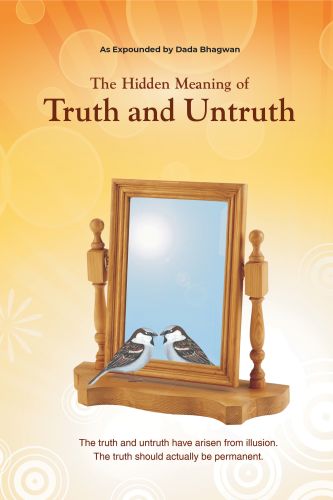Categories
- Antiques & Collectibles 13
- Architecture 36
- Art 48
- Bibles 22
- Biography & Autobiography 813
- Body, Mind & Spirit 142
- Business & Economics 28
- Children's Books 17
- Children's Fiction 14
- Computers 4
- Cooking 94
- Crafts & Hobbies 4
- Drama 346
- Education 46
- Family & Relationships 57
- Fiction 11829
- Games 19
- Gardening 17
- Health & Fitness 34
- History 1377
- House & Home 1
- Humor 147
- Juvenile Fiction 1873
- Juvenile Nonfiction 202
- Language Arts & Disciplines 88
- Law 16
- Literary Collections 686
- Literary Criticism 179
- Mathematics 13
- Medical 41
- Music 40
- Nature 179
- Non-Classifiable 1768
- Performing Arts 7
- Periodicals 1453
- Philosophy 64
- Photography 2
- Poetry 896
- Political Science 203
- Psychology 42
- Reference 154
- Religion 513
- Science 126
- Self-Help 84
- Social Science 81
- Sports & Recreation 34
- Study Aids 3
- Technology & Engineering 59
- Transportation 23
- Travel 463
- True Crime 29
Fighting the Traffic in Young Girls or, War on the White Slave Trade
Categories:
Description:
Excerpt
INTRODUCTION.
By Edwin W. Sims,
United States District Attorney, Chicago.
I am firmly convinced that when the people of this nation understand and fully appreciate the unspeakable villainy of "The White Slave Traffic" they will rise in their might and put a stop to it. The growth of this "trade in white women," as it has been officially designated by the Paris Conference, was so insidious that it reached the proportions of an international problem almost before the people of the civilized nations of the world learned of its existence.
The traffic increased rapidly, owing largely to the fact that it was tremendously profitable to those depraved mortals who indulged in it, and because the people generally, until very recently, were ignorant of the fact that it was becoming so extensive. And even at this time, when a great deal has been said by the pulpit and the press about the horrors of the traffic, the public idea of just what is meant by the "white slave traffic" is confused and indefinite.
It is my hope and belief that this work, edited by the scholarly and devoted Ernest A. Bell, whose life of toil for the wayward and the fallen has endeared him to all who know of him and his work, will do much to make the nature, scope and perils of this infamous trade better understood.
The characteristic which distinguishes the white slave traffic from immorality in general is that the women who are the victims of the traffic are forced unwillingly to live an immoral life. The term "white slave" includes only those women and girls who are actually slaves—those women who are owned and held as property and chattels—whose lives are lives of involuntary servitude. The white slave trade may be said to be the business of securing white women and of selling them or exploiting them for immoral purposes. It includes those women and girls who, if given a fair chance, would, in all probability, have been good wives and mothers and useful citizens.
Only a little time ago there were many thousands of our best citizens who were unable to bring themselves to believe that an international traffic in white women really existed. The statement seemed too sensational for their acceptance. If any readers remain who are still unconvinced that such an international traffic is a fact, let them consider the following, quoted from the annual report for 1908, of Hon. Oscar S. Straus, the Secretary of Commerce and Labor:
"An international project of arrangement for the suppression of the white-slave traffic was, on July 25, 1902, adopted for submission to their respective governments by the delegates of the various powers represented at the Paris conference, which arrangement was confirmed by formal agreement signed at Paris on May 18, 1904, by the Governments of Germany, Belgium, Denmark, Spain, France, Great Britain, Italy, the Netherlands, Portugal, Russia, Sweden, Norway, and the Swiss Federal Council. This arrangement, after submission to the Senate, was proclaimed by President Roosevelt June 15, 1908, and is printed in full in the report of the Commissioner General of Immigration. The purpose of the arrangement is set forth in the preamble, which states that the several governments, 'being desirous to assure to women who have attained their majority and are subjected to deception or constraint, as well as minor women and girls, an efficacious protection against the criminal traffic known under the name of trade in white women ("Traite des Blanches"), have resolved to conclude an arrangement with a view to concert proper measures to attain this purpose'."
It is, of course, inconceivable that the distinguished representatives of these great governments would have entertained for consideration any subject not of vital and international importance.
There is still another point upon which I feel moved to place all possible emphasis—the hideous depravity and the fiendish cunning of the criminals who engage in this most abhorrent and revolting of all criminal pursuits.
Kipling said in one of his poems, describing the doings of lawless people in the camps of one of the Northern countries, that, "There is never a law of God or man runs north of Forty-nine." That and more too might be said of the districts where the white slaver grows rich from his traffic in girls....













